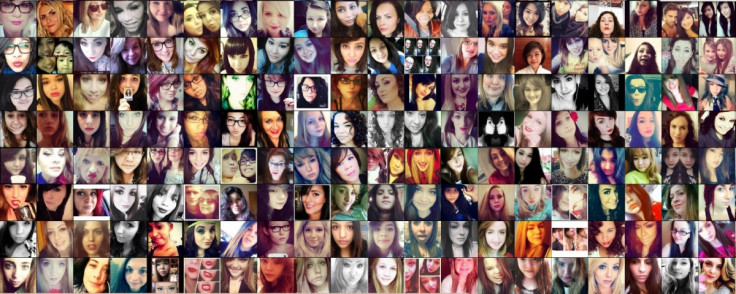Science has discovered how to take the perfect selfie

You might think you've got your pout down to perfection but are you really taking the best selfie possible? According to science there are several elements to taking the perfect selfie so if you want more likes on your snaps you might want to start by ditching your friends and finding some good light.
Those are just two of the tips from Andrej Karpathy, a researcher at Stanford University's Computer Vision Lab, who trained a neural network computer to learn what makes the perfect selfie by analysing millions and identifying specific traits from the ones that were most popular.
Karpathy used a Convolutional Neural Network (ConvNet), a powerful processing system that's more akin to a human brain than conventional computer, which has the ability to learn to recognise objects and patterns without the user having to input what it is. For instance, it could pick out a dog from a bunch of random pictures or identify anomalies in medical images by studying layers within the files. In this case it was put to the test in the search of selfie superiority.

An initial five million images tagged #selfie from the internet were fed into the system, then the ConvNet whittled it down to two million applying parameters such as number of likes it received, number of followers and number of tags. Using these filters Karpathy was able to get a clearer picture of what worked in order to get a good selfie.
Do:
- Be female. Sorry, chaps, but women are consistently ranked higher than men. There was not a single male in the computer's top 100.
- Face should occupy about 1/3 of the image. The position and pose of the face is quite consistent among the top images. The face always occupies about 1/3 of the image, is slightly tilted, and is positioned in the centre and at the top.
- Cut off your forehead. It looks like a popular strategy, at least for women.
- Show your long hair. There is a frequent prominence of long strands of hair running down the shoulders.
- Oversaturate the face. There is a frequent occurrence of oversaturated lighting, which often makes the face look much more uniform and faded out.
- Put a filter on it. Black and White photos seem to do quite well, and most of the top images seem to contain some kind of a filter that fades out the image and decreases the contrast.
- Add a border. You will notice a frequent appearance of horizontal/vertical white borders.
Don't:
- Take selfies in low lighting. Very consistently, darker photos (which usually include much more noise as well) are ranked very low by the ConvNet.
- Frame your head too large. Presumably no one wants to see such an up-close view.
- Take group shots. It's fun to take selfies with your friends but this seems not to work very well. Keep it simple and take up all the space yourself. But not too much space.
If you're unsure whether your next selfie is going to be a hit, you can check before you post as Karpathy has built a Twitter tool that will analyse any image you tweet to it and give you feedback. Simply attach an image to a tweet or provide a link to @deepselfie and you'll get a percentage rating. Karpathy is currently looking into integrating this system into a mobile app whereby it could offer real-time feedback to your shots before you upload to social media – just don't tell any of the Kardashians.
© Copyright IBTimes 2025. All rights reserved.






















